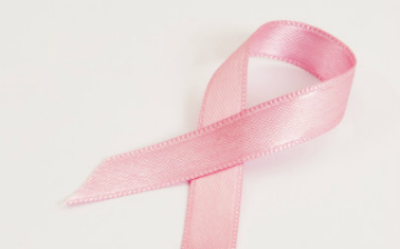There are many times when you just lose your temper, or feel depressed, or just feel a sudden burst of different emotions rushing through you simultaneously. Well, no need to feel embarrassed or awkward about your sudden mood swings. No matter what the reason is, there are ways to bring your mood swings under control. Take a look at some of them.
A balanced diet
Proper food intake is a great solution for mood swings. Take a healthy diet that will not only keep you fit, but also allow you to balance your mood. Choose green vegetables, salads, and fruits as part of your diet. It covers all the necessary minerals, vitamins (A, C, E) and nutrients which are essential for a body. Stay away from complex carbohydrates and processed foods, and also limit your caffeine intake. Have green tea or herbal tea to rejuvenate yourself, instead of consuming the regular tea and coffee.
Work out
A great workout not only keeps you fit, but also helps in triggering the “happy hormones” in your body. If you are not able to do any heavy exercises, then join yoga camps or simply dance! Choose an exercise routine that is comfortable, and save at least 30 minutes daily, for fitness. A simple walk in the garden, accompanied with some deep breathing exercises, can work wonders too.
Sound sleep
A woman has a lot of responsibilities to handle, and to fulfill them efficiently, it is important to get enough sleep. Insufficient sleep causes irritation and headaches. At least, 7 to 8 hours of sleep is essential, so plan your daily routine accordingly.
Drink Water
Water cleanses your body, and gives you energy. At times, when you feel completely exhausted, two glasses of water with some glucose can be really refreshing. Caffeine and alcohol intake can cause mood swings, and so, should be avoided completely. These can be replaced with some juice or healthy soups. Also, water is your best friend if you wish to enjoy gorgeous skin and a healthy body.
Help from sun gods!
The sun might be an enemy for your skin at times, but it is certainly a great doctor for your mood swings. Some amount of exposure to the sun is good to get rid of depression and other negative feelings. Enjoy 15 minutes of walk in sun light to lighten up your mood. Always wear your sunscreen before you go out. Enjoy your walk in the early morning hours when the sun is not too harsh.
These simple ways can definitely help you get your mood swings under control, especially during the time of your menstrual cycle.
Source: yahoo lifestyle













 Women who take antidepressants known as selective serotonin reuptake inhibitors (SSRIs) during pregnancy may be at an increased risk of having a child with autism spectrum disorder, according to a recent studyResearchers found that children who were exposed to SSRIs the most had the highest incidence of autism.
Women who take antidepressants known as selective serotonin reuptake inhibitors (SSRIs) during pregnancy may be at an increased risk of having a child with autism spectrum disorder, according to a recent studyResearchers found that children who were exposed to SSRIs the most had the highest incidence of autism.


